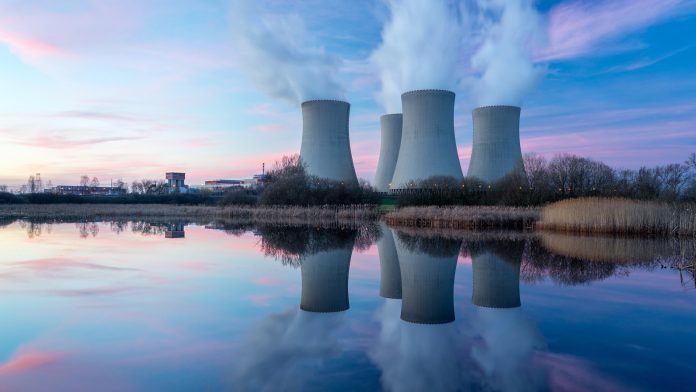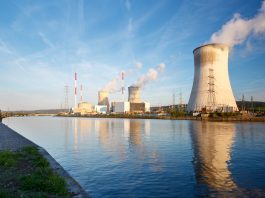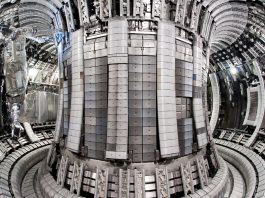A research team from Ritsumeikan University, Japan, has investigated the TMR for nuclear power generation.
Rapidly growing populations combined with urbanisation and industrialisation are leading to a demand for energy that is growing significantly every day. Scientists have noted that today’s current challenge is centred around meeting these energy requirements, while also assuring that global warming is being kept in check, which is a condition that fossil fuels are unable to fulfil. Thus, in an attempt to mitigate the environmental degradation and natural resource depletion linked to the usage of fossil fuels, scientists are considering nuclear power, and the total material required (TMR) for nuclear power generation.
This paper will be published in Volume 363 of the Journal of Cleaner Production on 20 August 2022.
How did scientists determine the environmental impact nuclear power has?
To determine how an energy source, such as nuclear power, impacts the environment, researchers conducted a life cycle assessment (LCA). The majority of studies have, therefore, assessed the life cycle cumulative energy consumption and greenhouse gas (GHG) emissions related to electricity generated via nuclear power.
However, most of these studies considered the GHG emissions as well as the amount of energy consumed, which may potentially lead to a less comprehensive assessment of the environmental impact and sustainability of electricity generated through nuclear power. For example, scientists are yet to understand the total resources utilised during this process.
Providing a holistic perspective
To provide a more holistic perspective, Ritsumeikan University researchers analysed the environmental impact of the TMR for nuclear power generation through a less-considered measure. This is the volume of resources extracted from the lithosphere during the life cycle of this process.
The team focused on mining methods, the nuclear reactor types, the type of uranium fuel cycle system utilised during nuclear power generation, and how these alter the process’ environmental impact. Additionally, they also evaluated the different grades of uranium ore mined—a highly variable entity—and its impact on the TMR for nuclear power generation.
“An LCA of the resource use for 1kWh nuclear power generation based on uranium was performed by analysing TMR,” explained Shoki Kosai, Associate Professor and corresponding author of the study.
“We considered both open and closed fuel cycles, and three types of uranium mining methods: open-pit mining, underground mining, and in situ leaching (ISL), apart from other variables in nuclear power generation, for a thorough LCA.” GHG emissions and natural resource usage were subsequently evaluated for these variables.
The researchers discovered that the TMR coefficient – which indicated the mining intensity – of enriched uranium fuel was the highest, followed by nuclear fuel, reprocessed uranium fuel, mixed oxide (MOX) fuel, and lastly, yellow-cake.
Additionally, the research team noted that the grade of uranium ore also had a huge impact on the TMR coefficient. This meant that the TMR varied significantly with different mining methods, with in situ leaching having the lowest TMR. However, the mining method had a more significant impact on resource utilisation as compared to its impact on GHG emissions.
“We discovered that a closed cycle that reprocesses uranium fuel uses 26% lower resources than an open cycle that does not reuse its by-products,” said Professor Eiji Yamasue, when discussing the impact of fuel cycles.
An environmentally friendly source of power
Furthermore, it was revealed that the natural resource utilisation of nuclear power generation was similar to that of renewable energy and significantly lower than that of thermal power generation. Furthermore, the global warming potential and TMR for nuclear power generation demonstrated considerably different trends. Along with lower GHG emissions, nuclear power generation also utilised fewer natural resources, highlighting it as an environmentally favourable source of power generation.
“Maintaining a circular economy, even for resource use, is important. Our findings can assist policymakers in formulating long-term energy policies, which consider electricity and power generation utilising nuclear power,” concluded Dr Kosai.









